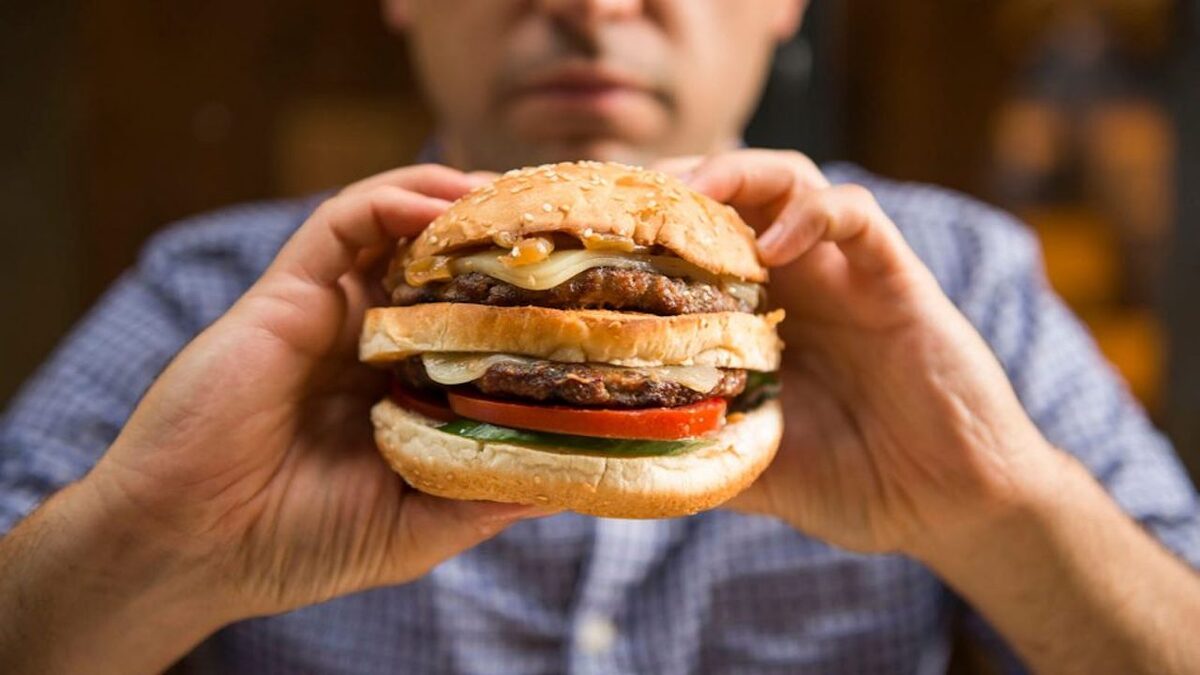Call for Clearer Fast Food Salt Labelling
Staff Reporter
19 October 2024, 8:00 PM
 Health experts push for sodium transparency.
Health experts push for sodium transparency.In our vibrant Hibiscus Coast community, locals are urged to pay closer attention to their salt intake, particularly when it comes to fast food.
A recent study conducted by the University of Auckland, reveals that Kiwis are consuming an alarming average of 3,000mg of sodium each day—well above the World Health Organisation's recommended maximum of 2,000mg.
Currently, many takeaway outlets do not disclose essential sodium content information.
While New Zealand’s Food Standards Code mandates nutritional details for packaged foods, fast food chains are not required to comply.
Associate Professor Helen Eyles from the School of Population Health emphasises the health implications, stating, "A single serve of a burger or takeout sandwich with fries can easily provide more than the recommended daily upper limit for sodium."
In 2020, Kiwis spent approximately 29 percent of their weekly food budget on restaurant meals and takeaways.
Alarmingly, among 28 major fast-food chains analysed, ten did not provide any sodium information, and only a third of 5,246 products assessed offered sodium data.
Excessive sodium intake is a major contributor to heart disease, leading to high blood pressure, which can result in life-threatening conditions such as stroke and heart attacks—significant causes of preventable deaths in New Zealand.
In a bid to address this issue, New Zealand has committed to reducing mean population sodium intake by 30 percent by 2025, as part of the WHO Global Action Plan for reducing non-communicable diseases.
However, experts caution that without a comprehensive national sodium-reduction strategy, this goal may remain out of reach.
Eyles and her colleague Shona Gomes highlight the importance of a multifaceted approach, combining public awareness campaigns with improved food labelling and monitoring of food environments.
They advocate for establishing benchmarks for both fast and packaged foods, akin to successful strategies seen in other countries.
“First of all, in New Zealand, we need to make it visible how much salt is in our fast foods,” Eyles urges.
“We really need a national sodium reduction strategy implemented by the government, which includes collaborating with fast food manufacturers to lower salt levels in their offerings.”
As we enjoy the conveniences of fast food, it’s crucial to stay informed about the nutritional content of our meals.



